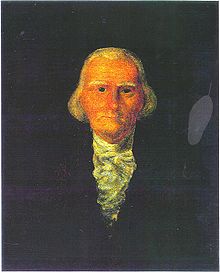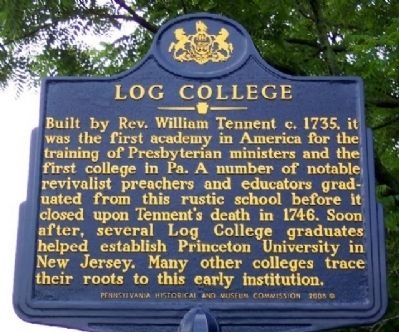Throughout American history the nation has experienced renewals of Christian faith. The first time this happened, in the 1730s and 1740s, was not a time of outward spiritual decline; in fact, studies have shown that approximately 70-75% of American colonists attended church regularly. Yet a renewal was necessary.
Historians have decided to call this event the First Great Awakening. Nowadays, we’ve become used to calling such episodes “revivals.” That word, though, has been terribly overworked and is losing meaning. “Awakening,” however, is a term I like better. It implies that people have been asleep spiritually, perhaps living in a dream and thinking it’s reality. Then they come to their senses and realize they have been living a fantasy. Their eyes are opened to the spiritual truths once again.
What had happened is that people began to think that doing all the external things: going to church, being baptized, taking communion, etc., was all that was necessary. They were focused on the outward manifestations of the Christian faith but they were missing the inward change of heart that was essential for real salvation.
 The Presbyterian father-son team of William and Gilbert Tennant took this to heart themselves and sought to send out more preachers who would emphasize the necessity of repentance and holy living. There was a problem, though. In order to become a minister with all the “right” credentials, one had to get a degree from a college with a ministerial training program. At this time in America, only three such colleges existed: Harvard, Yale, and William and Mary.
The Presbyterian father-son team of William and Gilbert Tennant took this to heart themselves and sought to send out more preachers who would emphasize the necessity of repentance and holy living. There was a problem, though. In order to become a minister with all the “right” credentials, one had to get a degree from a college with a ministerial training program. At this time in America, only three such colleges existed: Harvard, Yale, and William and Mary.
Harvard already was under suspicion for drifting away from the orthodox faith and beginning the transition to a Unitarian institution. William and Mary was for Anglicans and wasn’t known for its evangelical fervor. Yale was more suited to the task, but not everyone could afford to go to Yale, or might not be prepared intellectually for its rigor.
 To take up the slack, the Tennants set up what they called Log Colleges. The first was established by William Tennant, which lasted from 1726 until his death in 1746. In this primitive log house, comprised of only about 400 square feet, Tennant would give his students a crash course in Hebrew and Greek and intensive Bible study. Eventually, graduates of this “college” and those modeled after it, would fill the pulpits of the Presbyterian churches in the Middle Colonies and in the South.
To take up the slack, the Tennants set up what they called Log Colleges. The first was established by William Tennant, which lasted from 1726 until his death in 1746. In this primitive log house, comprised of only about 400 square feet, Tennant would give his students a crash course in Hebrew and Greek and intensive Bible study. Eventually, graduates of this “college” and those modeled after it, would fill the pulpits of the Presbyterian churches in the Middle Colonies and in the South.
This effort laid the groundwork for other men to follow in the Tennants’ footsteps. In future posts, I’ll look at Jonathan Edwards and George Whitefield, who became advocates of this new approach to evangelism and Christian discipleship.

